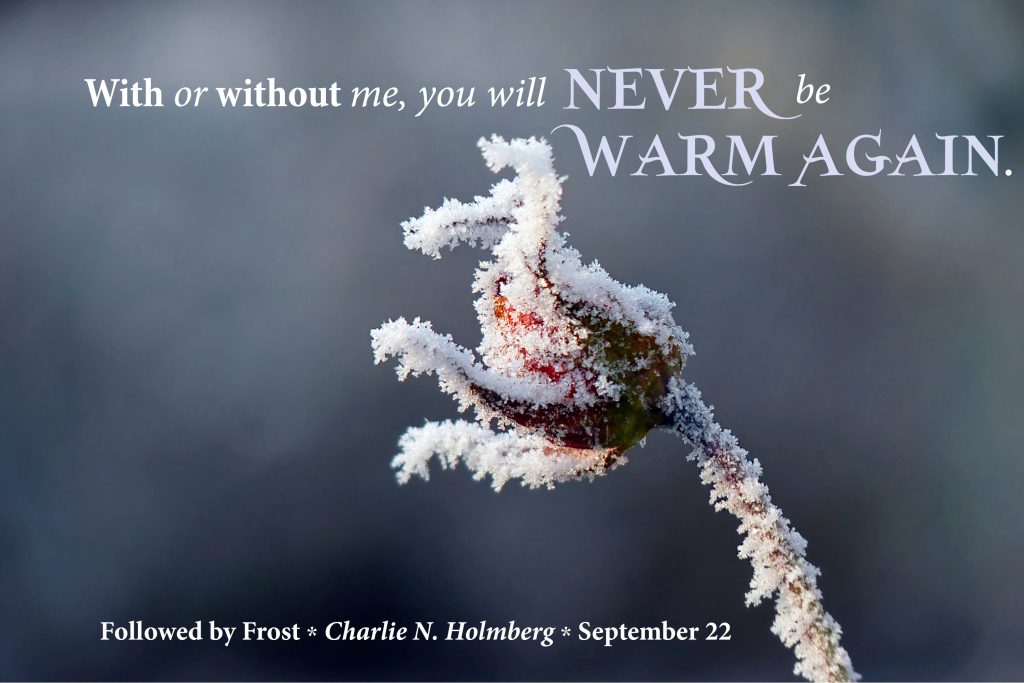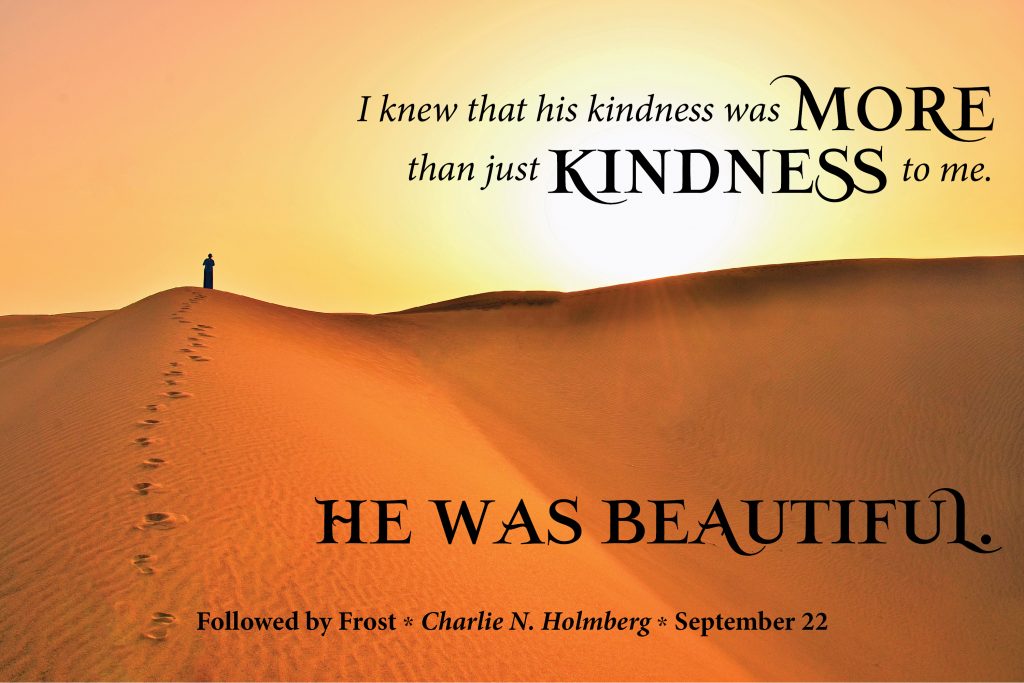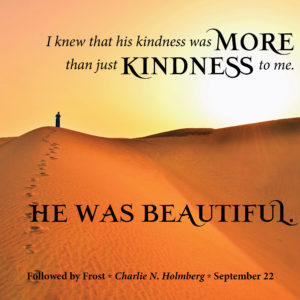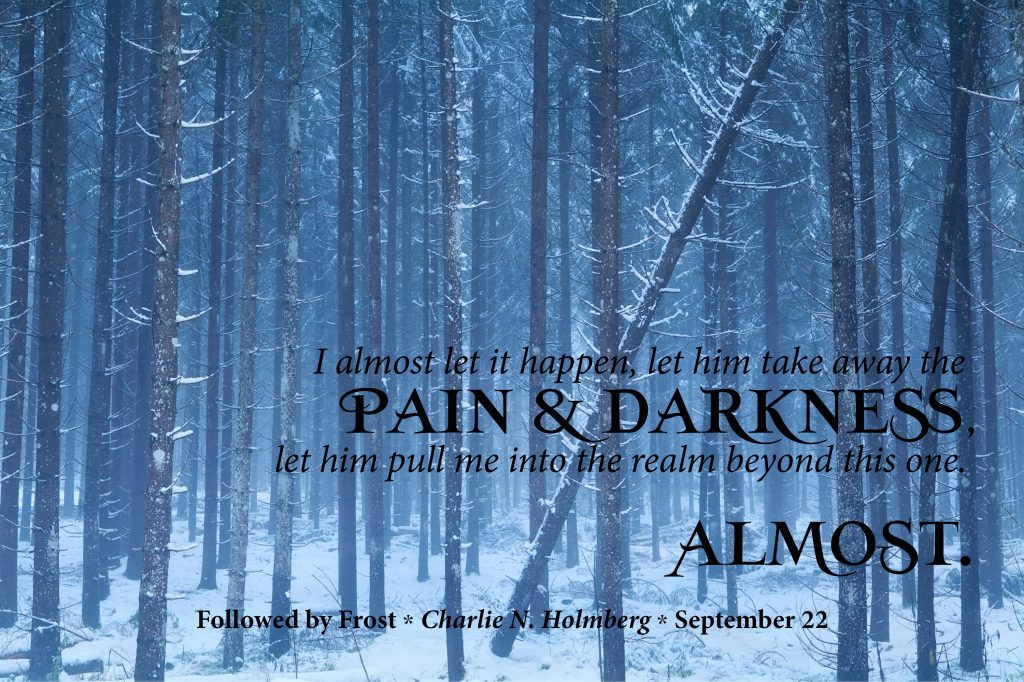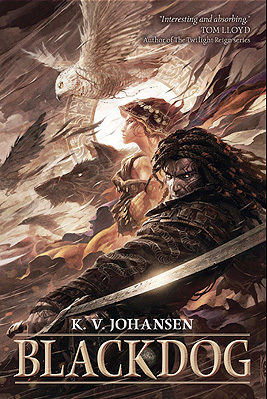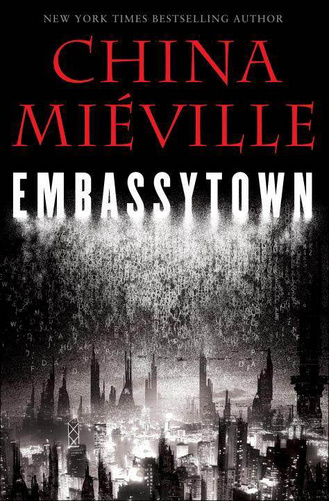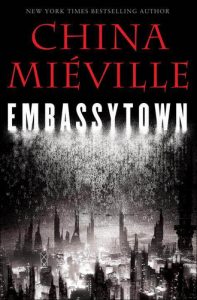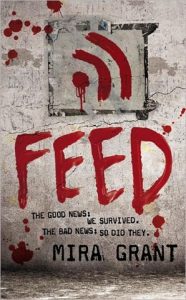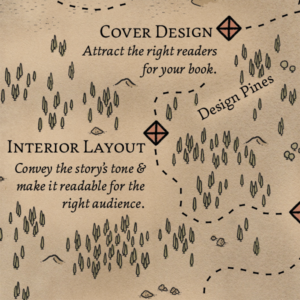 The Design Pines are a leg of the self-publishing book journey after line edits. This forest is where you gather materials and build tools to create the visual magic of your story. Unless you’re a skilled visual artist and graphic designer yourself, it’s wise to enlist one or more book designers. (If you’re publishing traditionally after a trip through the Querying Sands, your publisher will hire them.)
The Design Pines are a leg of the self-publishing book journey after line edits. This forest is where you gather materials and build tools to create the visual magic of your story. Unless you’re a skilled visual artist and graphic designer yourself, it’s wise to enlist one or more book designers. (If you’re publishing traditionally after a trip through the Querying Sands, your publisher will hire them.)
Because visual magic is usually less familiar to writers than wordy wonder is, this post is more detailed than the previous Book Journey Map explanations—and there are more free resources for more info at the end. [Read more…] about The Design Pines


